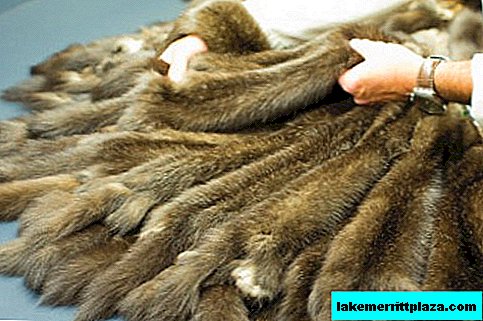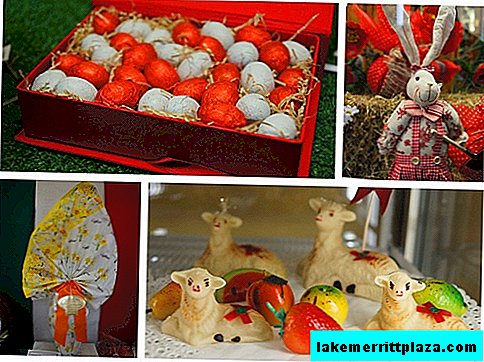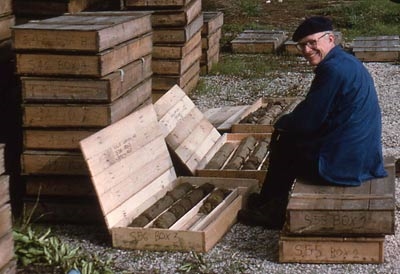The fountains of Rome are known for their diversity and magnificence. But in this article we will talk about an unusual structure - a fountain for dogs.
It is located on a street called Via Veneto, and to notice it is not so simple. The fact is that this small fountain is located almost at the very surface of the earth. Its purpose is to help quench the thirst of four-legged pets.
History of creation
The history of the fountain is as follows. In the middle of the 20th century, on Via Veneto, as now, there were many hotels, restaurants and cafes. A regular visitor to one of them - the Gui bar, which was also called ABC - was a certain Mr. Charlie. Every day he walked along the street and spent hours in the bar drinking a glass of drink and a newspaper.
We recommend reading on unusual places:

A man was always accompanied by two of his large dogs. It was for them that the waiter of the establishment offered to arrange a small fountain near the sidewalk so that the animals could drink fresh water, and the owner did not need to leave the bar. The idea was translated into reality in 1940.
The fountain, which is called the smallest in Rome, is a small niche; water flows down it, gathering below in a bowl. Directly above the niche is a bas-relief depicting a dog (muzzle with protruding tongue and front paws), and above it are convex letters "ABC", reminiscent of the name of the bar that was once here.
Currently, the fountain has been restored and is operational. By the way, the water in it comes from the Marzius aqueduct, which was the longest of the 11 aqueducts of Ancient Rome and is still an important source of water supply for the city.








